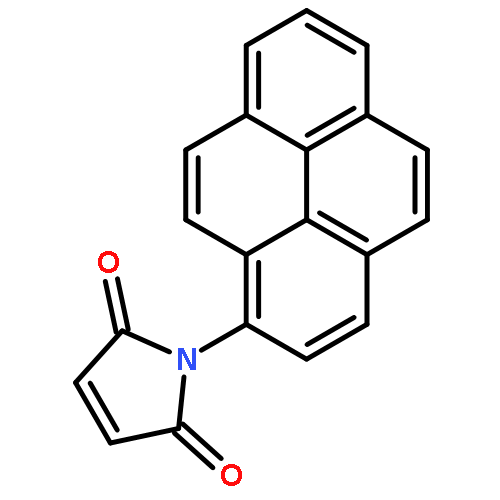Co-reporter: Junpeng Wang, Ilya Piskun, and Stephen L. Craig
pp: 834
Publication Date(Web):July 20, 2015
DOI: 10.1021/acsmacrolett.5b00440
The mechanical stresses that materials experience during use can lead to aging and failure. Recent developments in covalent mechanochemistry have provided a mechanism by which those stresses can be channeled into constructive, rather than destructive, responses, including strengthening in materials. Here, the synthesis and mechanical response of a polymer containing multiple benzocyclobutene (BCB) mechanophores along its backbone are reported. When solutions of the BCB polymer were exposed to the normally destructive elongational flow forces generated by pulsed ultrasonication, the number of intermolecular bond-forming reactions was greater than the number of bond-breaking reactions, leading to a net increase in polymer molecular weight. The molecular weight increase could be turned into gelation by introducing a bismaleimide cross-linker that reacts with the ortho-quinodimethide intermediate generated by mechanically assisted ring opening of the BCB mechanophores and using polymer concentrations in excess of the critical overlap concentration. Unlike a previous mechanically induced gelation of a mechanophore-based polymer, the BCB cross-linking requires no ionic components and represents an attractive, second platform for stress-strengthening materials.
